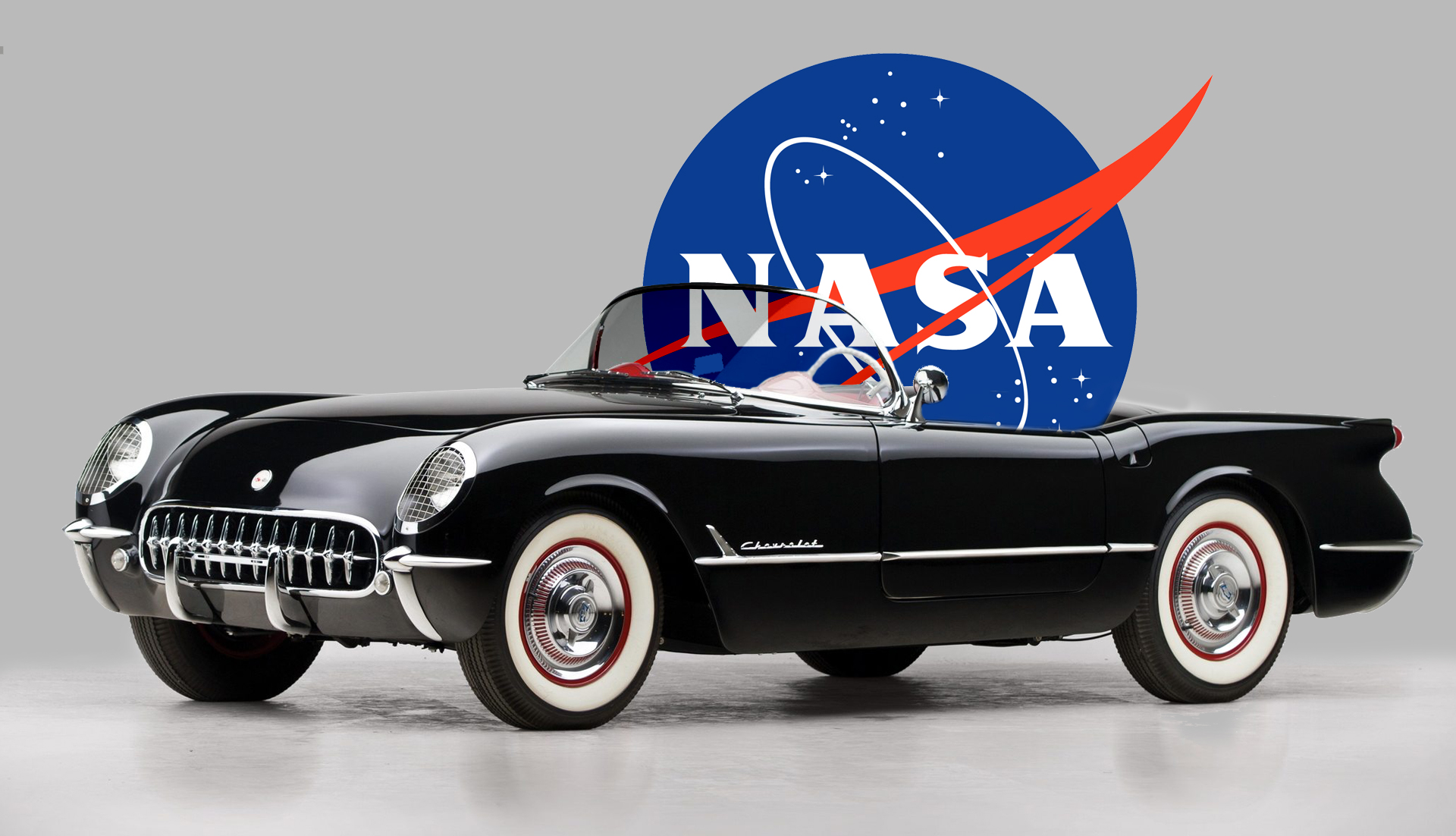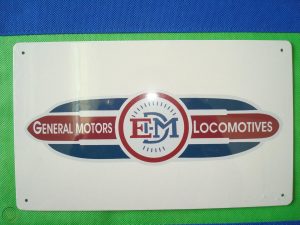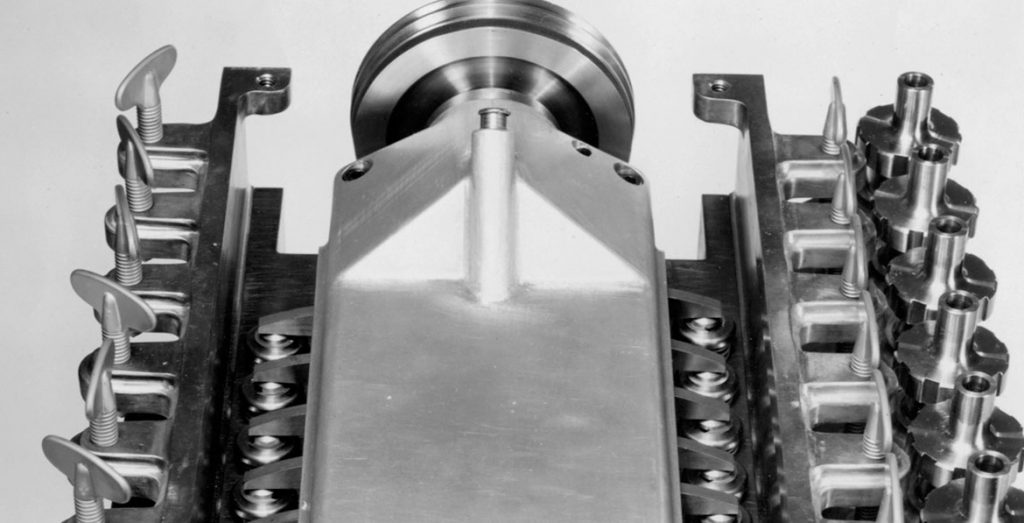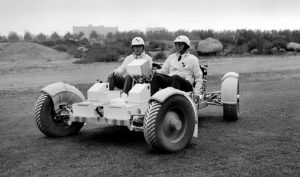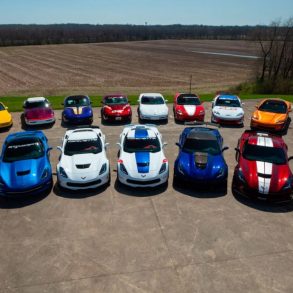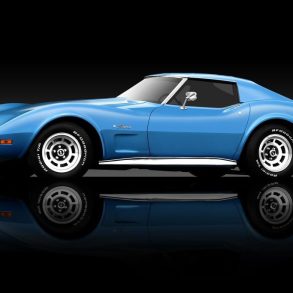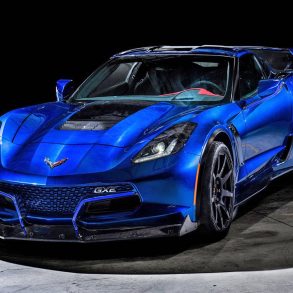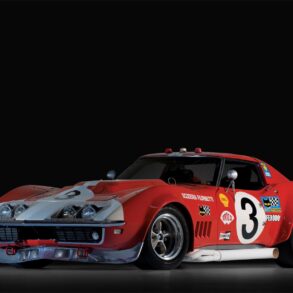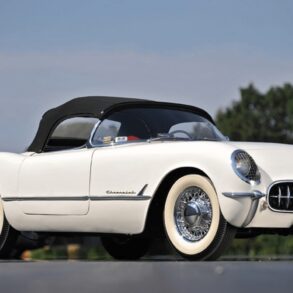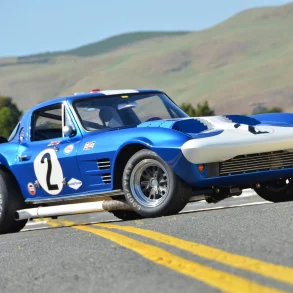Loving the Corvette, and being quite fond of General Motors go hand-in-hand. The illustrious automotive manufacturing giant has been responsible for the creation of many highly sought after vehicles, with the Corvette being perhaps the most prized of all. While consumers the world over are well aware of GM’s storied history of automotive design and development, few are as keenly aware of the company’s many mechanical design efforts outside of the automotive sector. The following are 3 General Motors creations that you probably were unaware of.
EMD Locomotives
By the 1930s, General Motors sought to gain a foothold in the diesel engine market, with the intent to expand the manner in which such engines were used. As a result, GM acquired EMC (Electro-Motive Corporation) in 1930. At the time, the company manufactured and marketed self-propelled rail cars. During the same period, GM purchased Winton Engine Company, which would soon serve as the company’s hub of large-scale Diesel engine production.
Following these acquisitions, EMC began operating under the title of EMD (Electro-Motive Division), and entered the locomotive production market space. EMD soon gained a significant share of the North American locomotive market, and continued down the path of further diesel-electric development. This trend would carry on into the new millennium, when GM would eventually relinquish ownership of EMD in 2005. Today, EMD is owned by Progress Rail, a subsidiary of Caterpillar.
First Mechanical Heart
In at least one way, General Motors played a pivotal role in early efforts toward the development of open-heart surgical practices. The manufacturing giant holds the distinction of engineering the first mechanical heart in 1952. GM donated this device to the surgical team at Wayne State University in Detroit. The device itself was in turn, used to facilitate the world’s first open-heart surgery.
However, General Motors’ tenure in the field of medical device development proved to be short-lived. Following the initial use of GM’s mechanical heart, many other companies jumped headlong into the development and production of such devices. Having never intended to permanently focus resources toward engineering efforts in this field, General Motors chose not to pursue further development of medical equipment. Today, GM’s mechanical heart device is on display at the Smithsonian.
Lunar Rover
In the early 1970s, NASA came to General Motors with a request, and a rather large one at that. NASA had determined that a moon-bound vehicle would be needed for their next voyage. In order to fill this need, GM and Boeing were called upon. While GM eagerly accepted NASA’s challenge, the project itself proved to be difficult, as numerous unknowns were faced. General Motors was left to contemplate the effects of reduced gravity and extreme temperatures on such a vehicle.
Despite these relative hardships, GM’s efforts proved successful, as the manufacturer pioneered a number of advanced concepts to achieve their goal. On July 26, 1971, GM’s moon rover made its way into space, as part of the Apollo 15 mission. GM’s otherworldly creation proved so successful, that similar models were used in several successive moon landings.
Read more about NASA and GM’s relationship.


